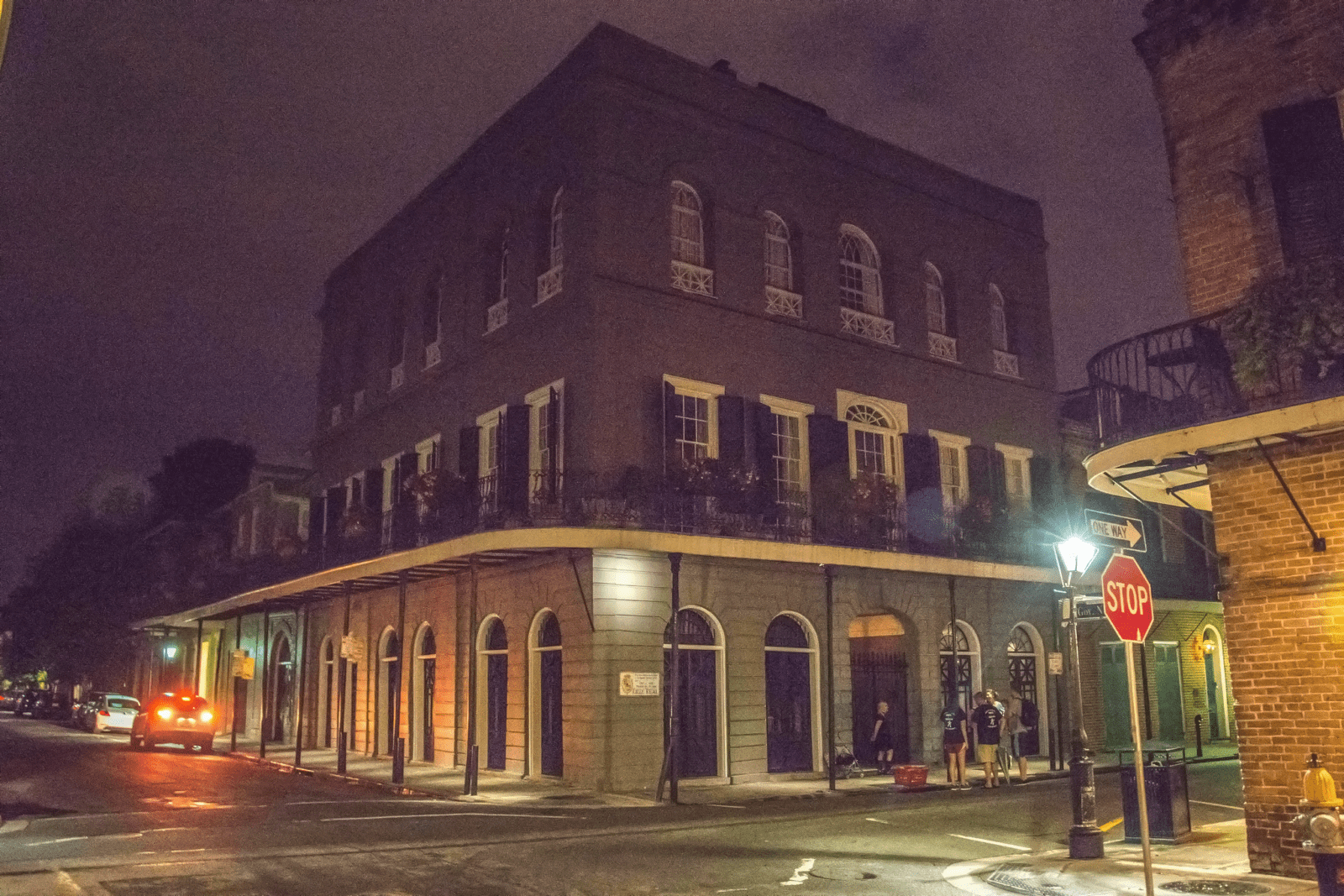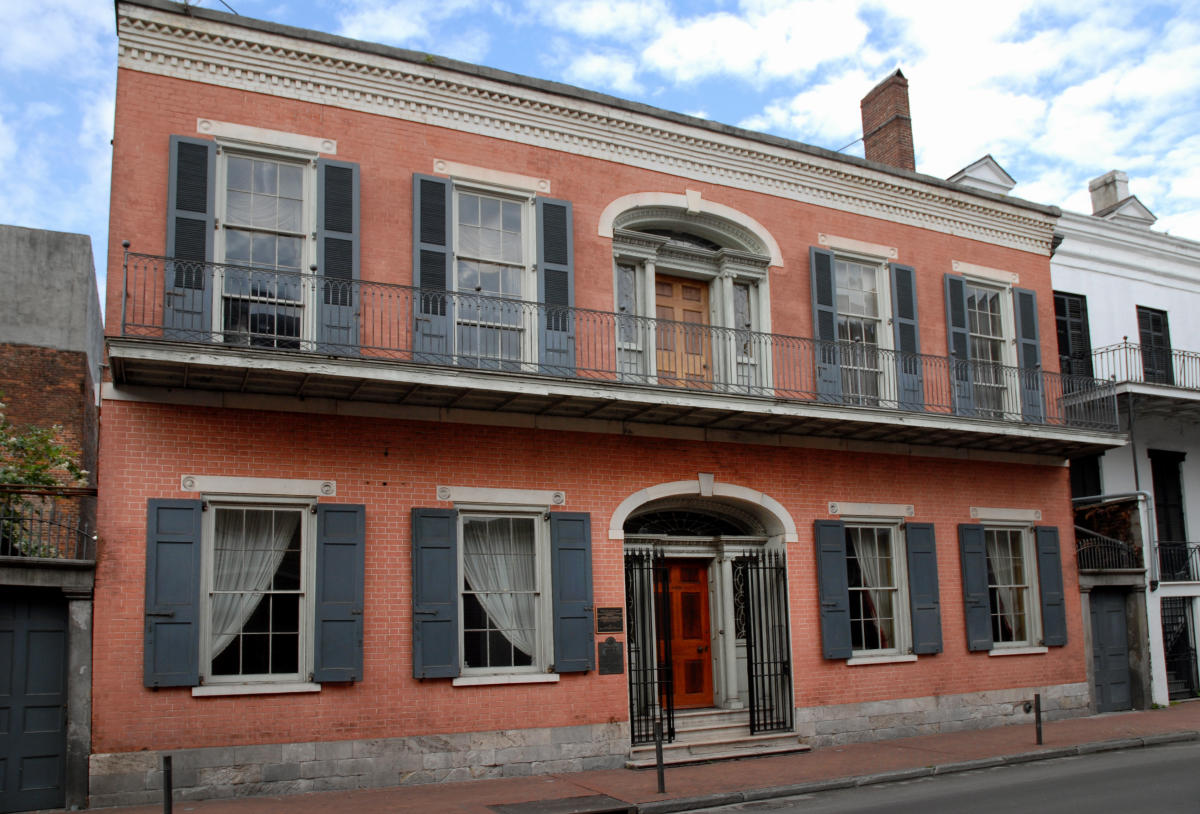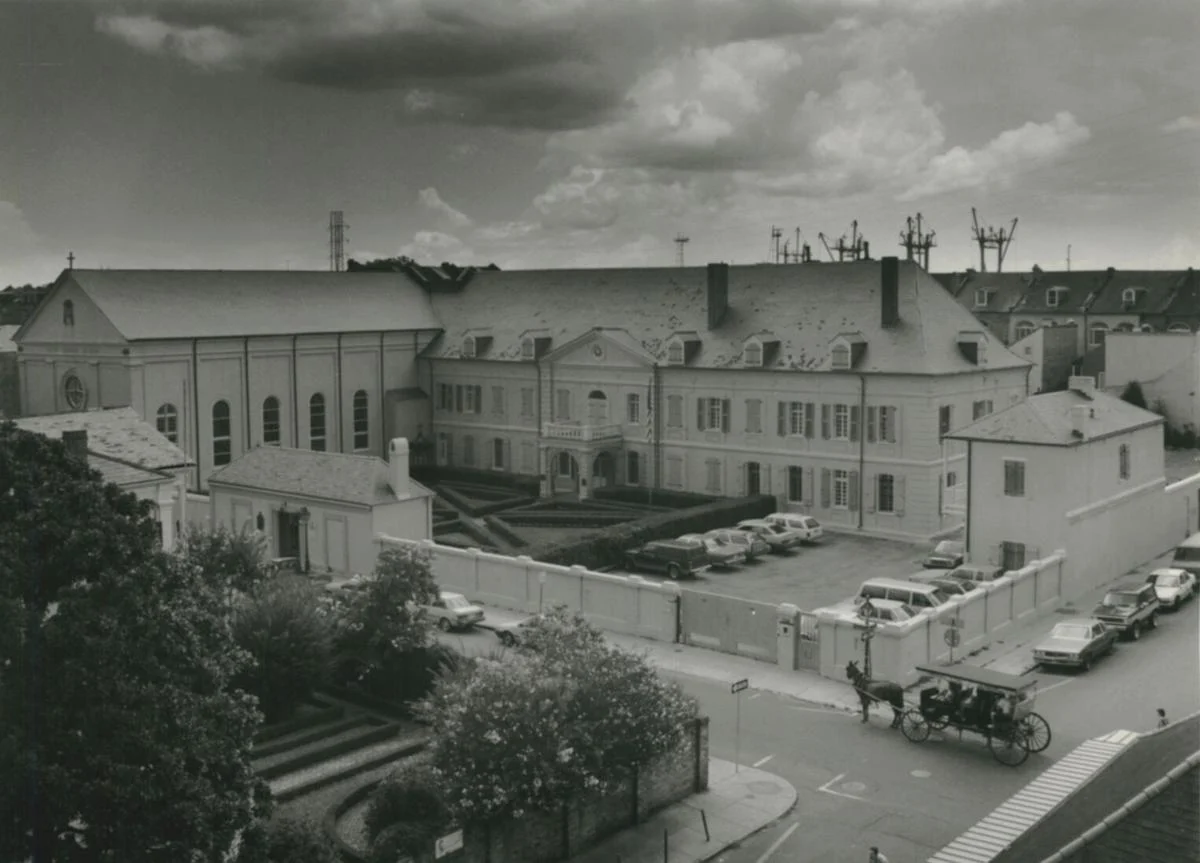Based on accounts from visitors and staffs of Oak Alley Plantation, it can be concluded that the 191-year-old plantation is indeed haunted by ghosts of its former owners.
Staffs working in the mansion have reported various paranormal activities including moving objects, swaying of empty rocking chairs, sounds of weeping, and even a ghostly figure that resembles Mrs. Stewart, the last resident of Oak Alley Plantation. It was also claimed that during a tour inside the plantation’s square mansion, a candlestick flew inexplicably across the room in full view of 35 tourists.
History of Oak Alley Plantation
The history of Oak Alley Plantation dates back to 1830 when it was purchased by French Creole Valcour Aime to grow sugarcane. The land was eventually exchanged with his brother-in-law Jacques Telesphore Roman for another plantation in the other side of Louisiana. In 1937, Roman commissioned his father-in-law Joseph Pilié to construct a mansion as the family’s residence.
Completed in 1839, the square Greek Revival mansion was one of a kind in the state of Louisiana. The exterior featured a colonnade of 28 Doric columns that symbolized the 28 oak trees in the alley. Porches were also constructed on the first and second floor to keep the interior spaces away from sunlight. On the inside, high ceilings, extended windows and French doors on opposite side helped to improve air circulation, keeping the mansion cool during the summer days.
Over the years, Oak Alley Plantation changed hands several times. However, many could not afford the cost of maintaining the mansion and its extensive plot of land. As such, the mansion gradually fell into disrepair.
In 1925, Andrew and Josephine Stewart purchased the plantation for $50,000 in hopes of restoring the mansion to its former glory. Andrew Stewart was a wealthy cotton broker in New Orleans and had chanced upon Oak Alley Plantation during a river cruise along the Mississippi River. Local architect Richard Koch was hired to oversee the restoration and modernization of the neglected mansion.
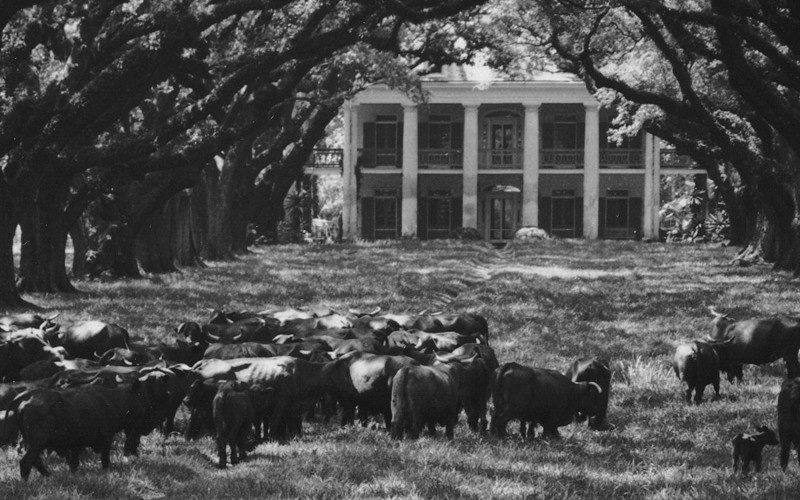
To make full use of Oak Alley Plantation, the land surrounding the mansion was turned into cattle ranch which Mrs. Stewart was all too familiar with; she had grown up in the famous Armstrong Ranch during her childhood days in Texas. The couple were known for their hospitality and often invited residents of the neighbourhood to visit the plantation.
After the death of Mr. Andrew on October 28, 1946, Mrs Stewart lived alone on the plantation for another 26 years till her passing on October 1972. The site now belongs to Oak Alley Foundation, a not-for-profit organization established by Mrs Stewart in 1966. The foundation is charged with maintaining and preserving the mansion as well as the 63 acres of land that collectively form Oak Alley Plantation.
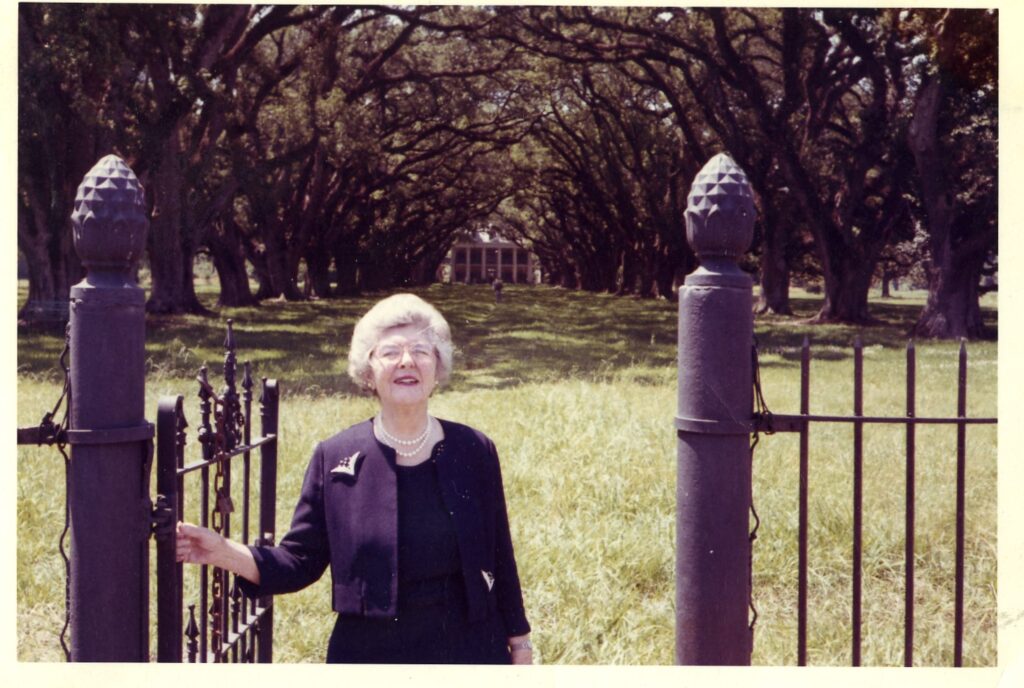
In 1976, Oak Alley Plantation opened its doors to the public. Two years later in 1978, Oak Alley Plantation was listed as a National Historic Landmark for its ‘exceptional value and quality in illustrating and interpreting the heritage of the United States’.
Today, the foundation is run by the nieces and nephews of the Stewarts. Apart from daily tours, Oak Alley Plantation offers a host of amenities including a restaurant and a Bed & Breakfast (B&B)
The Oak Tree Alleys
Oak Alley Plantation takes its name from the iconic double row of 28 southern live oak trees planted in the early 18th century. At almost 800 feet long, the ancient oak trees have withstood the test of time to become one of Louisiana most breathtaking attraction ever.
However, there have been a great debate with regards to the origins of Oak Alley Plantation. Which came first, the mansion or the rows of oak trees?
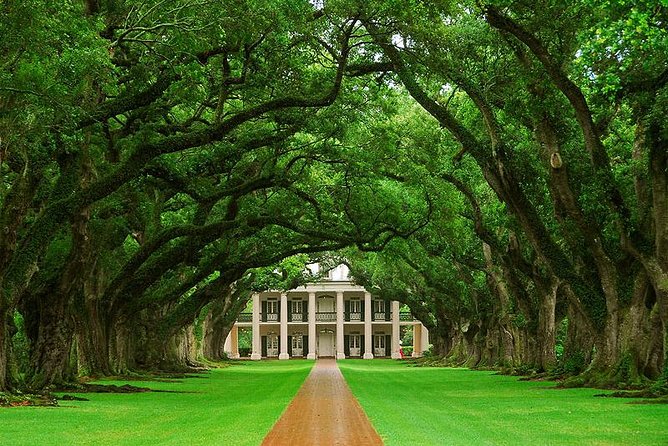
According to research by Oak Alley Plantation, the first few trees (closest to the house) were planted prior to the construction of the mansion. After the completion of the mansion, the rest of the trees were transplanted from the neighbouring forests in rapid succession to form the Oak Alley we see today. Such transplantation projects were a monumental effort even by today’s standards, given that the gigantic oak trees were likely in their maturity (approximately 10 to 30 years of age) or fruiting. To pull off such feats during the 18th century would require a large number of slaves (estimated to be in the hundreds) as well as a team of oxen and a custom-made cart to transport the oak trees from nearby to its current location.
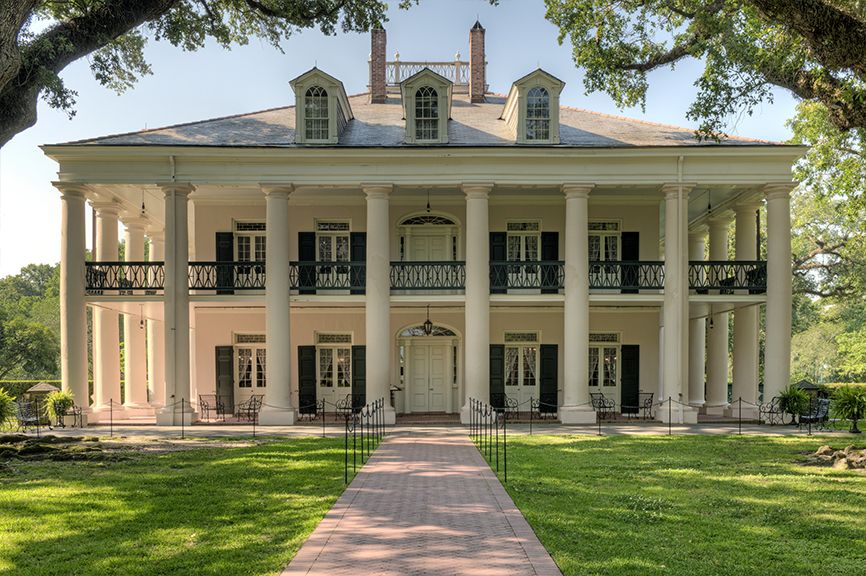
Can You Tour Oak Alley Plantation on Your Own?
Visitors are allowed to tour the grounds of Oak Alley Plantation on their own. The general admission tickets is inclusive of a guided tour of the plantation although it is not compulsory to attend.
Admission ticket (as of September 2021) to Oak Alley Plantation is $27 for visitors of 18 years old and above. The ticket includes access to all the attractions as well as a tour of Oak Alley Plantation and “Big House” exhibit. Alternatively, you may purchase a ticket that excludes the “Big House” exhibit for $25. You may purchase your tickets here.
Admission ticket is not required if one is visiting the gift shop, cafe or the restaurant. A separate parking lot for the restaurant can be found in the back.

